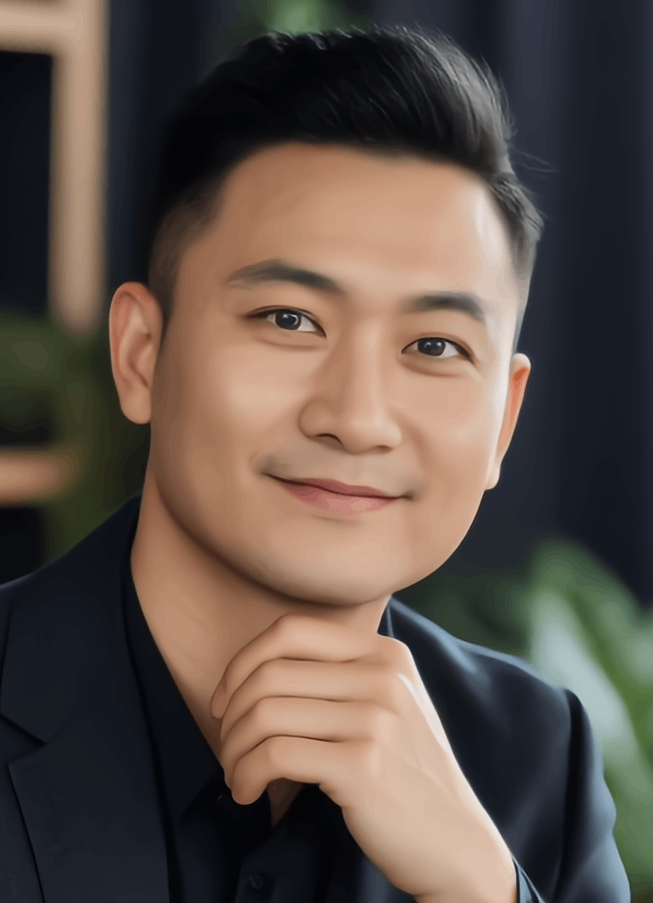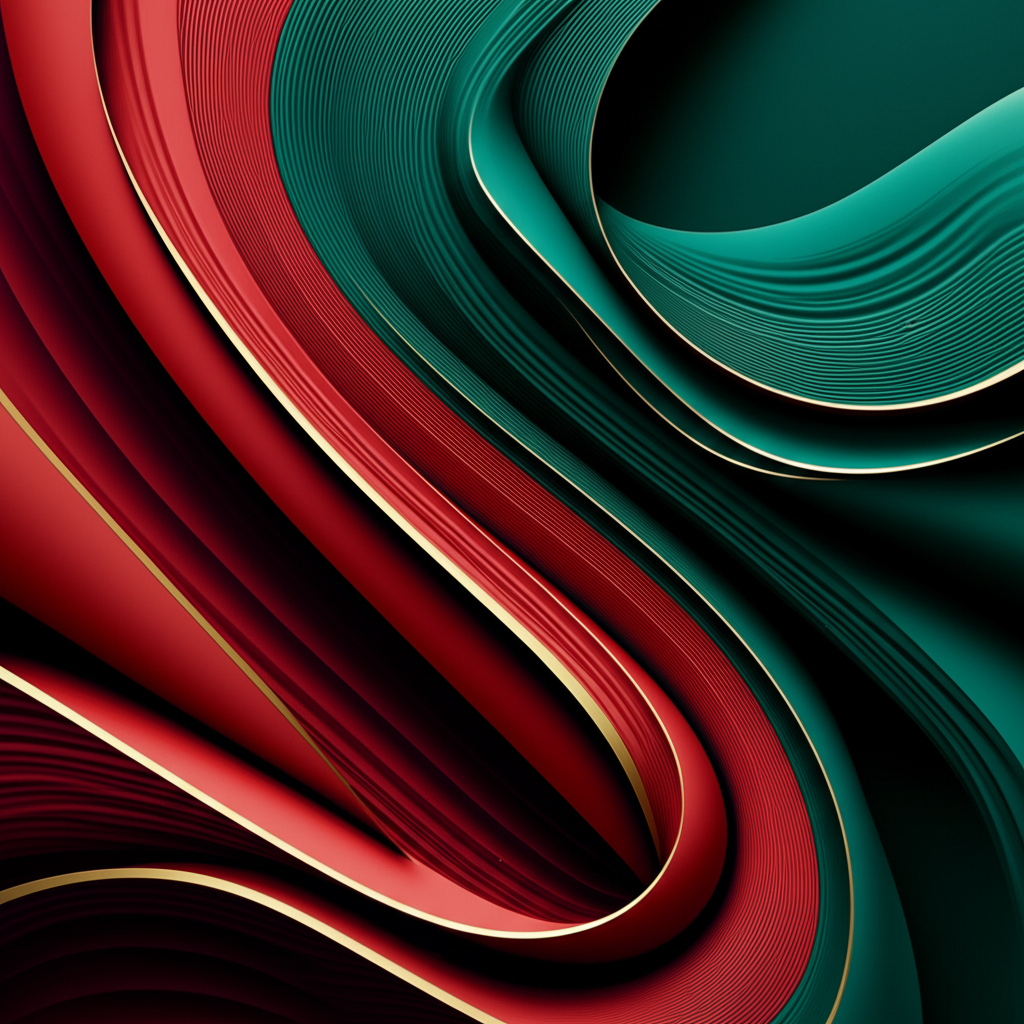Guochao Packaging Design Pitfalls: Is it "Cultural Appropriation" or "Advanced Translation"?
Introduction: The Double-Edged Sword of Packaging Design in the Guochao Trend
Guochao, with its unique oriental charm and cultural confidence, has become a hot topic in the current consumer market and even the packaging design field. From clothing and cosmetics to food and beverages, the integration of traditional cultural elements with modern aesthetics has injected new vitality into brands and gained widespread recognition among younger consumers.
However, behind the Guochao boom, there are often disputes between the design community and consumers: some works are praised as cultural innovation, cleverly integrating traditional elements into modern life; others are criticized as lacking depth, "cultural appropriation", and even causing cultural misunderstandings and resentment. This polarized evaluation serves as a wake-up call for brands and designers.
This article aims to delve into the traps of "cultural appropriation" in Guochao packaging design and provide a methodology for achieving "advanced translation", helping brands and designers create packaging works that are both culturally profound and meet market demand, truly making Guochao packaging an effective vehicle for carrying cultural confidence and enhancing brand value.
Background Analysis: Understanding "Guochao" and its Cultural Context
What is "Guochao"?
"Guochao" refers to a comprehensive trend that integrates elements of traditional Chinese culture, national sentiment, and modern trendy aesthetics and consumption concepts. Its rise is not accidental, but the inevitable result of the superposition of multiple factors, including the enhancement of national cultural confidence, the younger generation's high recognition of local culture, and the acceleration of digital media dissemination. In the field of packaging design, the manifestation of Guochao is particularly rich, with common forms including the clever use of traditional patterns (such as auspicious clouds, swastika patterns), calligraphy, mythological stories, seasonal imagery, and regional characteristics.
Defining "Cultural Appropriation" and "Advanced Translation"
To distinguish the advantages and disadvantages of Guochao design, we must first clearly define two core concepts:
- Cultural Appropriation: Refers to the simple copying and superficial use of symbols, elements, and styles of a specific cultural group outside their original context without sufficient understanding, respect, or authorization. This practice may lead to the devaluation of cultural symbols, the reinforcement of stereotypes, and even offense to specific cultural groups. Its core is "misappropriation" and "superficiality".
- Advanced Translation/Interpretation: Refers to the organic, creative, and context-adaptable transformation and integration of traditional elements through in-depth research into cultural origins, understanding their spiritual core and aesthetic laws, and using modern design language and innovative thinking. This is not merely a simple visual reproduction, but a reinterpretation of cultural connotations and the bestowal of new vitality, aiming to achieve cultural inheritance, innovation, and value enhancement. Its core is "understanding" and "innovation".
Identifying Traps: Warnings about "Cultural Appropriation" in Guochao Packaging Design
In the practice of Guochao design, many brands and designers have inadvertently fallen into the trap of "cultural appropriation" due to deviations in their understanding of culture or an excessive pursuit of commercial interests. These traps mainly manifest as:
1. Superficial Symbol Accumulation
Some Guochao packaging designs simply list traditional patterns (such as auspicious clouds, dragons and phoenixes, peonies), calligraphy fonts, or Chinese painting elements, lacking internal logic and design innovation. For example, in order to catch the Guochao trend, a certain brand simply superimposed a set of common "Fu Lu Shou Xi" patterns on the product packaging. This thoughtless accumulation makes the product highly similar in visual terms to a large number of similar "Guochao" products on the market, lacking unique recognizability, and consumers find it difficult to distinguish, ultimately leading to aesthetic fatigue and a cheap feel.
2. Misreading or Misuse of Cultural Elements
This is the form of "cultural appropriation" that is most likely to cause controversy. Designers may not understand the history, region, or spiritual connotations of specific cultural symbols, and may randomly combine them or use them on inappropriate products. For example, a certain fast-moving consumer goods brand used a totem that was originally used for specific sacrificial or solemn occasions, or a symbol with specific regional and ethnic taboos, on the packaging without careful consideration, resulting in strong discomfort among some consumers, and even being accused of desecrating traditional culture, severely damaging the brand's reputation.
3. Detachment from Product Essence and Target Audience
Being "Guochao" for the sake of being "Guochao" is another common misconception. While pursuing Guochao elements, designers ignore the degree of fit between the design elements and the product category, brand concept, and target consumer profile. For example, a high-end electronic product targeting young people and focusing on a sense of technology, whose target users pursue minimalism and futurism, forcibly uses overly complex classical landscape painting elements on the packaging in order to follow the Guochao trend. This design leads to a serious mismatch between the product and packaging styles, consumers feel that it is "not suitable", and even confuse the brand positioning, affecting the product's market acceptance.
4. Excessive Commercialization and Homogenization
When "Guochao" becomes an over-commercialized label, the market falls into homogenized competition. Brands blindly following the trend pour in large numbers, using similar "cranes", "auspicious clouds", "blue and white porcelain", and other popular Guochao elements and design methods, and the market for Guochao products becomes saturated. This lack of innovation and repetition causes consumers to experience aesthetic fatigue with these designs, the initial novelty gradually fades, and ultimately leads to the over-consumption of the Guochao concept and the loss of brand uniqueness.
Practical Paths: Methodology for Achieving "Advanced Translation" in Guochao Packaging
To make the leap from "cultural appropriation" to "advanced translation", brands and designers need to put in more effort and wisdom. Here are some specific practical paths:
1. In-depth Cultural Tracing and Deconstruction
Successful Guochao design does not stop at the surface of traditional elements. Designers need to not only look at the surface patterns, but also delve into the ideas and emotions, aesthetic laws, and spiritual core behind traditional art, philosophy, literature, and folk customs. For example, when designing a new series of packaging for a high-end tea brand, it did not simply copy Song porcelain patterns, but rather conducted in-depth research into the tea ceremony life and aesthetic ideas of Song Dynasty literati and scholars, extracting the Song Dynasty's "minimalist" and "leaving blank" artistic conception, transforming it into lines, geometric shapes, and color combinations in modern composition, ultimately presenting a packaging that is both oriental in charm and modern in feel, which has been recognized by the market.
Based on this, according to product characteristics, brand stories, and target audiences, precisely select the most representative and impactful cultural symbols to ensure that they are deeply integrated with the brand's genes.
2. Integration and Innovation of Modern Design Language
The key to advanced translation lies in "translation", that is, using modern design language to innovate traditional elements.
- Deconstruction and Recombination: Deconstruct traditional elements into basic shapes, colors, and lines, and then recombine them using modern compositional methods to give them a new visual form.
- Material and Process Innovation: Combining modern printing technology, sustainable materials, and packaging structures (such as irregular boxes, modular designs), etc., to give traditional aesthetics new carriers and tactile sensations, enhancing the texture and added value of the product.
- Narrative and Contextualization: Telling compelling cultural stories through packaging design, creating contexts that connect with consumers' emotions, making packaging a bridge that connects products and consumers' hearts.
3. User Insight and Cultural Resonance
A deep understanding of the cultural needs of contemporary consumers is the cornerstone of successful Guochao design. The points of interest, acceptance, and aesthetic preferences of the younger generation towards traditional culture need to be grasped through market research and user portrait analysis. Building emotional connections means that when consumers see the packaging, they not only appreciate the beautiful visuals, but also feel the cultural charm and sincerity of the brand, thus triggering inner resonance and enhancing brand loyalty.
4. Technological Empowerment to Enhance Design Efficiency and Depth
In the digital age, advanced technological tools can greatly empower Guochao design, helping brands and designers achieve more efficient and in-depth cultural translation.
- Data-Driven Cultural Element Analysis: Using big data and AI tools, it is possible to analyze the popularity of different cultural elements in the market, consumer feedback, popular trends, etc., to provide designers with scientific design basis and direction guidance, reducing trial-and-error costs.
- AI-Assisted Design and Intelligent Iteration:
- Using AI packaging design tools, designers can input traditional patterns, colors, font styles, and other keywords, and AI can quickly generate a large number of design schemes based on these elements, and provide various typesetting and combination suggestions, greatly improving the efficiency of initial concept exploration in the design phase.
- Through AI 3D modeling and rendering, designers can view the effects of different design schemes on real products in real time, realizing rapid packaging design iteration and optimization. For example, a startup company used AI tools to complete the initial screening and 3D presentation of various Guochao packaging schemes within hours, significantly shortening the cycle from concept to implementation.
- Supply Chain Collaboration and Packaging Cost Optimization:
- Smart platforms can connect design and production processes, and designers can evaluate the impact of different materials, printing processes, and packaging structures on packaging cost optimization in the design phase. This helps to optimize the cost-effectiveness of packaging solutions while maintaining cultural expressiveness.
- Through accurate data prediction and supply chain management, it ensures that Guochao designs are not only beautiful, but also have practicality and economic feasibility, while also guiding designers to choose more environmentally friendly materials and processes to improve product sustainability.
Outlook: Trends and Challenges in Future Guochao Design
1. Trend Prediction:
- Deeper, More Segmented Cultural Exploration: Future Guochao design will move from macro cultural symbols to deeper and more vertical fields such as regional culture, intangible cultural heritage, and niche folk customs, presenting diversified cultural expressions.
- Personalization and Customization: With the help of AI and data analysis, Guochao packaging will be able to achieve more personalized and emotionally connected customized services to meet consumers' growing personalized needs.
- Sustainability and Technology Integration: Combining Guochao aesthetics with environmentally friendly materials and intelligent packaging technologies (such as NFC chips, AR interaction), not only enhances product value, but also reflects the brand's social responsibility.
- Cross-Cultural Communication in a Global Context: Guochao design will undertake more cultural output tasks. How to make global consumers understand and appreciate the beauty of Chinese culture and how to communicate effectively in cross-cultural contexts has become a new topic.
2. Challenges Faced:
- How to continuously innovate, avoid the over-consumption and homogenization of the Guochao concept, and maintain its long-lasting vitality?
- How to find a balance point between commercial pursuit and cultural responsibility, achieving both commercial value and respect for and inheritance of culture?
- While new technologies (such as AI) promote design efficiency, how can we ensure that they do not weaken the cultural depth and originality of design and avoid "uniform" AI-generated designs?
Conclusion: Let Guochao Packaging Become a Vehicle for Cultural Confidence
Successful Guochao packaging design is not simply the accumulation of symbols, but an artistic presentation of the deep understanding and innovative translation of Chinese culture. It requires brands and designers to hold a reverent heart towards culture, and through in-depth exploration, clever integration, and the assistance of modern technology, to achieve the transition from "cultural appropriation" to "advanced translation".
Only in this way can Guochao packaging truly become a powerful vehicle to carry national cultural confidence, connect tradition and the future, and touch consumers at home and abroad. This is not only an innovation at the design level, but also a perfect combination of cultural inheritance and commercial success.

